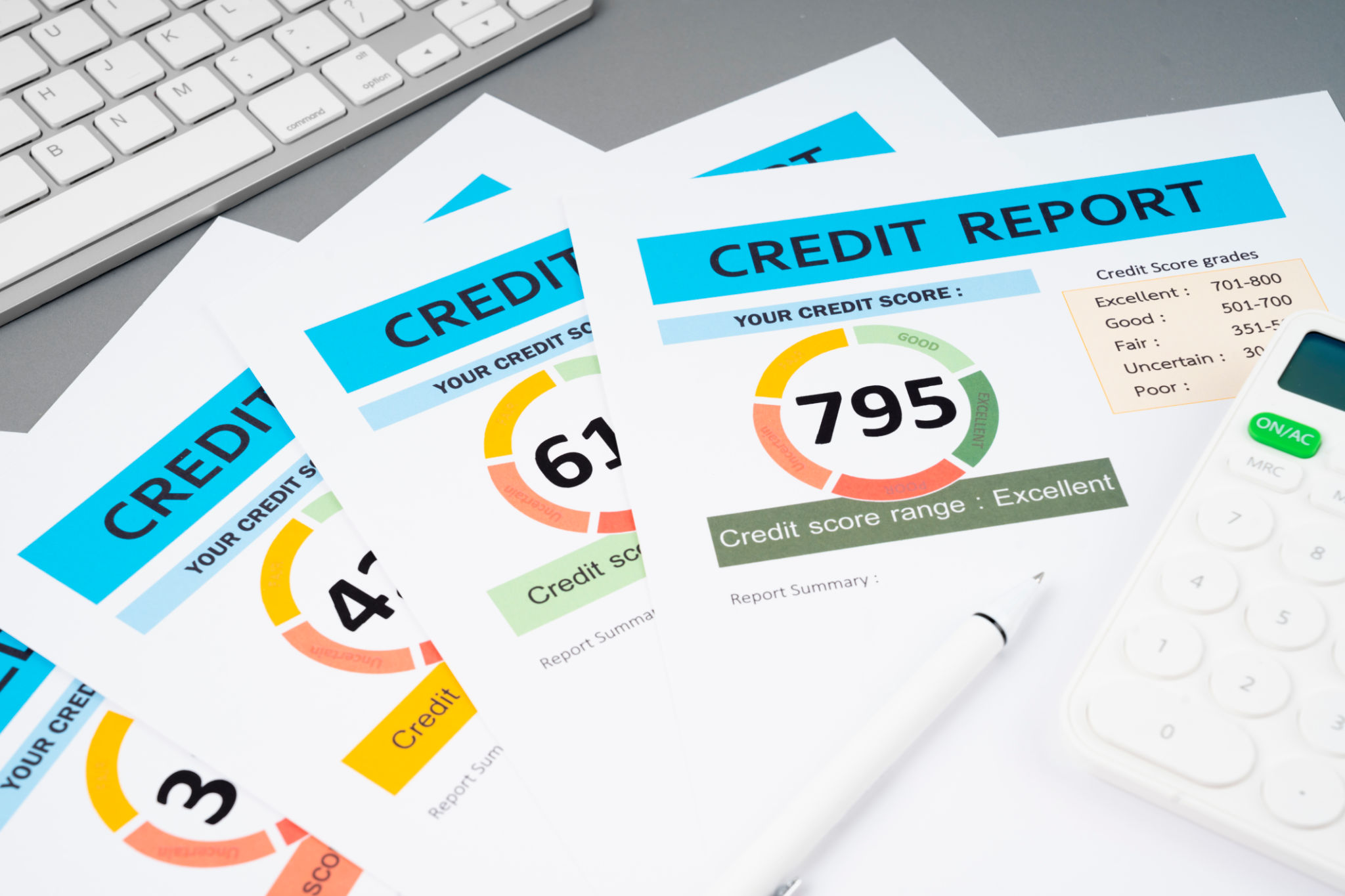Simplifying Homeownership: Your Guide to Applying for a Home Loan
ST
Understanding Home Loans
Embarking on the journey of homeownership is an exciting milestone, but it can also be overwhelming, especially when it comes to applying for a home loan. Understanding the basics of home loans is the first step to simplifying this complex process. A home loan, or mortgage, is a loan provided by a lender to help you purchase a home. You'll repay this loan over time, typically in monthly installments, which include both principal and interest.
Before applying for a home loan, it's essential to familiarize yourself with the different types available. Fixed-rate mortgages offer a stable interest rate throughout the life of the loan, while adjustable-rate mortgages (ARMs) may have lower initial rates that can change over time. Knowing your options helps you make an informed decision that suits your financial situation and long-term goals.

Assessing Your Financial Health
Before diving into the application process, assess your financial health. Lenders will scrutinize your financial history to determine your eligibility, so it's crucial to know where you stand. This evaluation includes reviewing your credit score, debt-to-income ratio, and savings for a down payment.
A strong credit score can significantly impact the terms of your loan. Aim to maintain a score of 700 or higher for favorable interest rates. Additionally, calculating your debt-to-income ratio helps you understand how much of your income goes toward paying debts. Most lenders prefer a ratio of 36% or less.

Gathering Necessary Documentation
Once you've assessed your financial health, it's time to gather the necessary documentation for your home loan application. Having these documents ready can streamline the process and reduce stress. Essential documents include proof of income, tax returns, bank statements, and identification.
Proof of income may involve pay stubs or W-2 forms if you're employed, or profit and loss statements if you're self-employed. Lenders use these documents to verify your ability to repay the loan. Ensuring all documents are up-to-date and accurate can prevent delays in the approval process.

Choosing the Right Lender
Not all lenders are created equal, so it's important to shop around for the best terms and interest rates. Consider working with banks, credit unions, or mortgage brokers to find a lender that meets your needs. Each lender will have different criteria and offerings, so comparing multiple options is beneficial.
When evaluating lenders, pay attention to their customer service, reputation, and flexibility in loan terms. A lender that prioritizes clear communication and transparency can make the home loan process smoother and more manageable.

Understanding the Application Process
The home loan application process involves several steps, each designed to ensure both you and the lender are making informed decisions. After submitting your application, the lender will conduct a thorough review of your financial history and the property in question.
This review period is called underwriting and can take anywhere from a few days to several weeks. During this time, be prepared for additional requests for information or clarification from the lender. Patience and prompt responses can help move the process along.
Finalizing Your Home Loan
Once your loan is approved, you'll move toward closing, where you'll sign the final paperwork and officially become a homeowner. Before this step, you'll receive a Closing Disclosure that outlines the terms of your loan, including interest rate, monthly payments, and closing costs.
Review this document carefully to ensure everything aligns with your expectations. Understanding each element of your loan agreement prevents surprises in the future and ensures a smooth transition into homeownership.
https://homeloanprime.com/loans/home-loan